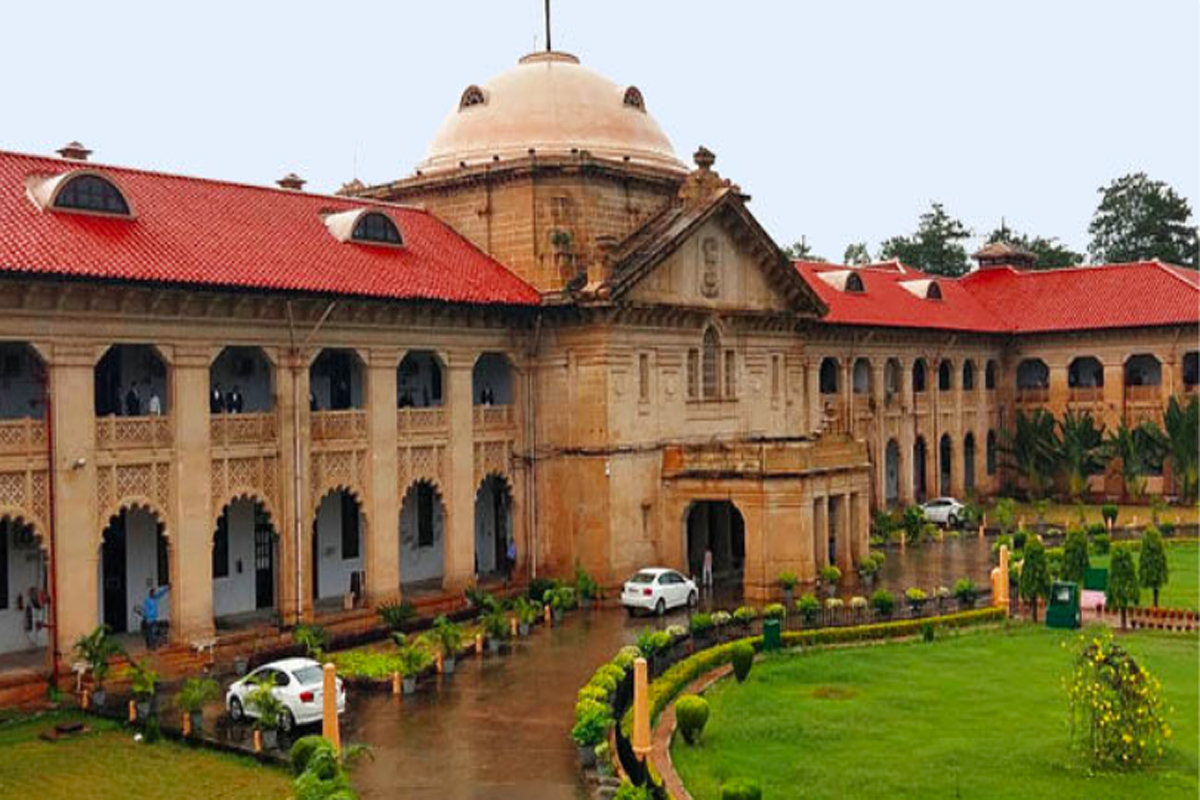MS Dhoni emulates ‘Animal’ for Sandeep Reddy Vanga in ad; WATCH
Captain Cool, MS Dhoni has set the internet ablaze with his latest advertisement as he emodies Ranbir Kapoor's 'Animal' role for Sandeep Reddy Vanga.
“Scientists believe the cow is the only animal that both inhales and exhales oxygen,” he was widely reported to have observed
Statesman News Service | NEW DELHI | September 13, 2021 6:53 pm | Updated : September 14, 2021 4:20 pm

Mr Justice Shekhar Kumar Yadav of Allahabad High Court while disposing of the bail petition of a man accused of cow slaughter earlier this month suggested that the Government of India declare the cow as the national animal. “Scientists believe the cow is the only animal that both inhales and exhales oxygen,” he was widely reported to have observed. The honourable judge added that 33 categories of gods and goddesses reside in a cow. But the unstated, widely observed principle in picking a national (or state) animal/bird/flower over the past five decades has been to zero in on a species which needs extra protection to prevent its extinction and give it a chance to survive, perchance thrive, in its natural state. Prime Minister Indira Gandhi in the 1970s declared the tiger as India’s national animal while simultaneously launching Project Tiger ~ an initiative that proved to be one of the successful examples of governmental intervention anywhere in the world in helping prevent a prime species from going extinct. Public opinion was built in support of the move and government funds made available to ensure the mighty beast survived in the wild. Which it has. The cow is in no such danger. Indeed, given its veneration as a holy animal by a vast majority of Indians, the cow is primus inter pares among all animals. To that extent, it makes no logical sense to name it the national animal, personal or judicial predilections aside. Of course, cow protection programmes are welcome as are shelters for stray, older cows past their milk-bearing stage which are unfortunately often abandoned. But why national animal status? A wag insists that perhaps the cow was sought to be thus elevated to prevent flippant comments on the animal. After all, the story goes, the peacock ~ a magnificent creature, complete with brilliantly coloured plumage ~ is found aplenty across the sub-continent, yet it was chosen over the Great Indian Bustard as the national bird of India. The latter was apparently the choice of leading ornithologists including the doyen of them all, Salim Ali, because it faced imminent extinction. But this was the early 1960s and India’s prudish bureaucracy, it seems, would have none of it. One of the objections to the Great Indian Bustard, writes a contemporary, was that the word ‘bustard’ rhymed far too closely for their comfort with a common term of abuse in the English language. But that’s more bull than cow, perhaps. Postscript: As of 2021, despite valiant efforts by the Wildlife Institute of India and successive Rajasthan state governments, less than 200 Great Indian Bustards survive, almost all in the desert state. Their extinction seems a fait accompli. Cows seem to be doing much better.
Advertisement
Advertisement
Captain Cool, MS Dhoni has set the internet ablaze with his latest advertisement as he emodies Ranbir Kapoor's 'Animal' role for Sandeep Reddy Vanga.
Mahima Chaudhary compares the criticism against 'Nadaaniyan' to the backlash amassed by Ranbir Kapoor's 'Animal.'
Kiran Rao’s 'Laapataa Ladies' is a heartwarming drama set in rural India in 2001, following two young brides who get separated on a train.
Advertisement
